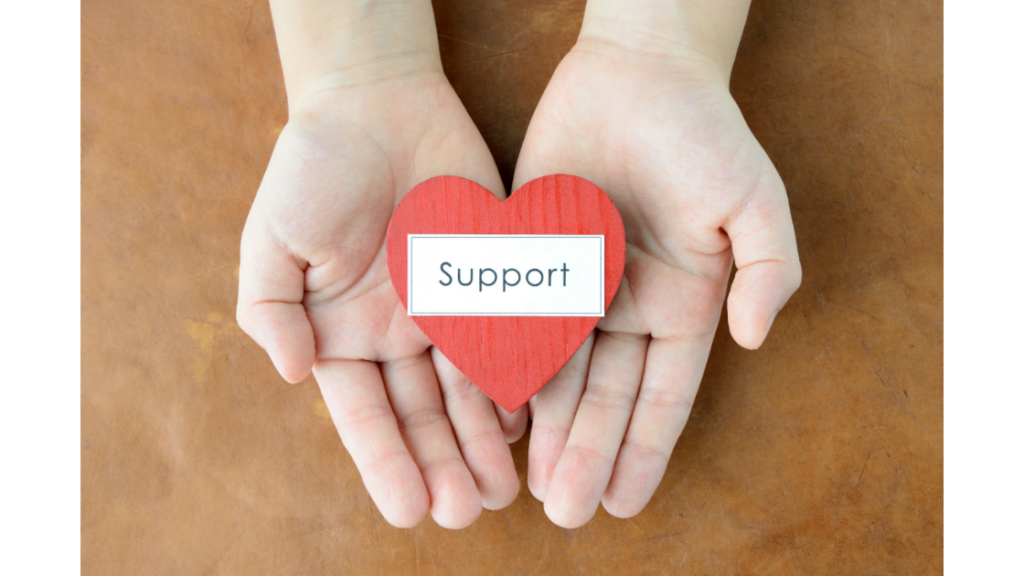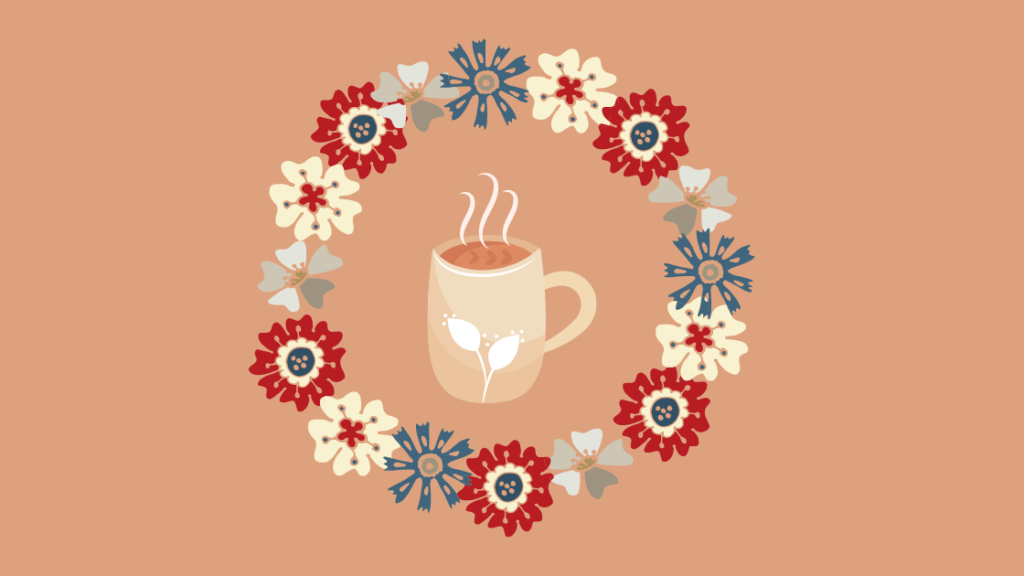Stress Awareness Month: Learning To Live With Stress
Stress is something that all of us experience. Sometimes it can be caused by a major change at work or an ill relative. Other times it can just stem from something as simple as a cluttered house or noisy neighbours! However, learning to live with and manage stress is not so simple. It’s an ever-changing learning curve, but here are some useful tips and practices to help make things that little bit easier!
Making It Make Sense
It’s very easy for stress to take over everything. Often being caused by anxiety, it won’t magically disappear, but it can be managed. The first step to making sense of stress is understanding what it is, and what is causing it at that time. Being able to rationalise it will help massively. This can help you learn to make sense of it. X is causing you stress, so you can do Y and Z to reduce your stress levels. With this in mind, it’s still important to allow yourself to feel. It will allow you to get it out of your system, and it’s much better than bottling it up.
Confiding in someone you trust will also help you manage your stress. An outside perspective can help you make sense of things, and you’ll often feel a weight lifted off your mind afterwards. Since the cost of living crisis, it’s much more acceptable to discuss financial worries than before. I’ve found talking to someone about it to be really helpful in managing financial stress. Even though it won’t magically fix everything, a second perspective can help you make sense of things.
Find a Routine
Creating a sense of structure can be really helpful in isolating and containing the stresses of the day. Small morning and evening routines act as book-ends which stop stress carrying over to the next day. Keeping the day’s stress contained makes it easier to manage, and prevents it from snowballing and overwhelming you.

Having a routine on both sides of your day will help you think of them as reset buttons. For example, making a coffee in the morning to start, and having a cup of tea and a snack when you finish for the day to end the shift. Personally, I find this close down routine really helps me deal with stress, especially if my workspace is messy.
Doing a close and reset as part of a routine is great for peace of mind. You’ll also have less worry about the next day, so you can to start with a clean slate.
If you work from home, having your break completely detached from your workspace is incredibly helpful in cementing the bookend idea to your routine. Leaving your desk or office for the full duration of your break allows you to properly relax. Before coming back, making yourself a drink can help get you back into work mode as well.
Be Kind to Yourself
Hobbies are a great example of distractions you can find to take your mind off things, especially if you’ve had a stressful day. A tried and tested method is reading. It’s a fantastic way of helping you relax, and it gives you something to focus on, so you can put the stresses of the day out of your mind. Using hobbies to treat yourself is another good practice. You can do something you enjoy, and in a way, it’s a reward to yourself for getting through the day.
I find painting models a fantastic stress relief. I started after a friend recommended it. This allows me to be more mindful by focusing entirely on my painting. Granted, it can be fiddly, but the rewarding feeling once I’ve finished is more than worth it!

Going outside for exercise, or even just to be in nature is proven to help relieve stress. Even for just 15 minutes a day, this can really help improve mental health. It is, unfortunately, weather-dependant, particularly in the UK, but being able to leave the house and just be in nature really can be revolutionary.
If a friend or family member’s situation is worrying you, you can meet up with them and go for a walk in a local park. Seeing them will put your mind at ease. You can both help each other, and you’ll both be able to enjoy the benefits of being outside. Also pairing it with a task that requires you to leave the house is also helpful to tick something off your list. If I have to return a parcel, I’ll often go on my lunch break, as the fresh air and exercise are great for breaking up the day and resetting myself for the afternoon.
Don’t Be Scared of Help
It’s important to remember that when it comes to stress, don’t keep trying to push through it. If help is available to you, make the most of it!

You shouldn’t be scared or worried about asking someone for help – they will almost always say yes. You will realise that you’re not alone, and it will help you feel less overwhelmed. It will feel scary at the time, but you’ll soon find out that you it’s not as bad as you thought.
Living with stress isn’t easy. Some days are much harder than others, but it isn’t the end of the world even if it feels that way. Friends, family, and even your employer can offer advice and resources to help when things are getting too much. Just remember that help is there for you, so don’t be afraid to ask for it.
What helped you learn to live with stress? We’d love to hear if you have any tips! Get in touch with us on our Twitter or LinkedIn pages and let us know! You can also check out our previous mental health blogs here!
International Marketing | A Focus on Your Customer’s Wellbeing
It is no secret that the online world of social media and marketing can often present a picturesque veneer of an idyllic universe. A universe in which we all have our affairs in order and look picture perfect at any given moment.
Whilst this world can at times provide a welcome escape from the monotony of daily life, it can also isolate many. What is more, this isolation is exacerbated by the fact that the picture-perfect world is often singular, representing one standard of beauty, one version of culture, one language of communication.
The consequence of such a singular marketing strategy is that many feel left out. This both can then negatively influence your prospective customer’s mental health and furthermore reduce engagement with your brand. Quite simply, it’s a lose-lose situation.
This is where localised marketing comes into play. It is common knowledge, that if you want your business to succeed, you need to consider your Ideal Client Profile. But how do you actually talk to your specific client and how do you make them listen?
In this blog, we at Web-Translations are going to provide you with some tips to make sure you’re localising your content the right way. So, get your pen and paper and get ready to start jotting!
1. Language
It may seem like an obvious starting point, but if you’re planning to target the individual customer, you need to do so in their own language. For example, if you’d like to target a Chilean customer, you can’t simply translate your content into ‘Spanish’. You need to ensure that your content is professionally localised into Chilean Spanish.
This is because certain vocabulary has different meanings depending on the country in which it is spoken. For example, whilst ‘guagua’ means ‘baby’ in Chile, it means ‘bus’ in Puerto Rico. Quite different you have to admit!

Although these differences can be comical, they immediately illustrate to the customer that they are not the priority audience. In other words, they immediately suggest that the business doesn’t care about them.
This can then increase the likelihood of a disconnect arising between customer and advert. Research is vital to ensure you’re translating into the right language for your audience. If you need guidance, we would be happy to advise!
2. Content
It is not uncommon for adverts to include cultural references within their content. In likening their product to something associated with a celebrity, many brands may increase their appeal.

For example, if a musician were to liken their new album to the sound of Take That in the 90’s, many British customers would likely be excited at the prospect.
The same might not be said however for a German audience. After all, they’re probably not as up to date with Take That’s greatest hits as we are!
It might be a good idea therefore to domesticate this reference. In other words, it might be a good idea to replace the comparison to Take That to a German band that has a similar sound. (Maybe Scooter would be a good option…?) Your customer still may not recognise the band, but they are more likely to recognise something from their own culture than another’s.
3. Aesthetic
Furthermore, the images used within your marketing campaign should be relevant to your specific audience. For example, if you’re selling a baked good which has a unique selling point of making you feel at home, you might want your image to reflect your target audience’s home and not the source country’s home.

It’s not rocket science, but you might be surprised by how much of a difference it makes.
4. Music
Music is integral to any marketing campaign. Establishing the mood of the video, music has the potential to instantaneously unlock your desired emotion in your customer.

Although it’s often the melody that triggers a reaction, the lyrics may also play a fundamental role.
When adapting your content for each target market therefore, it might be a good idea to think about altering the audio. Whether you substitute the English lyrics for Polish or replace the English song for a Polish song for example, time should be taken to ensure your specific audience is being catered to.
5. Timing
Lastly, our final aspect to consider is time. Across the globe, there are more than 24 different time zones. When planning your social media campaign, these time zones need to be respected. For example, if you’re a British company trying to branch into Mexico, tweeting at 9am GMT is futile. Whilst 9am is a great time of day to tweet, the same cannot be said for 3am in Mexico City.

When planning your social media campaign, therefore, take a moment to reflect upon the time zone of your target market.
After all, if you’re trying to target your customer directly, you don’t want there to be a 6 -hour delay between publication and reception! It may make your customer feel a little bit like an afterthought!
As we’ve established, therefore, it isn’t simply the case that one piece of content suits all. The language, content, aesthetic, music and timing of your content are all variables that should be adjusted and localised to your individual customer.
At the end of the day, it’s simple: people like to feel valued. If your marketing strategy can achieve such a goal, then not merely will you reap greater rewards, but you might just make people happier too!
We hope you’ve enjoyed reading this blog. If you’d like some more tips on reaching your ICP, why not check out our Spring Towards your Target Market blog post. Equally, if you’d like to read more blogs from our Mental Health series, why not start with our Mindfulness in Translation blog post?
Mindfulness in Translation
“There is virtue in work and there is virtue in rest. Use both and overlook neither.”
The fast-paced nature of the modern world can often mean that it is easy to get swept away by the hustle and bustle. Consequently, you would not be alone if you felt like it was necessary to work every waking minute and repeatedly push yourself to achieve your greatest potential.
Whilst there is undeniably something to be said for wielding an unwavering work ethic and caring about your career progression, it is also important that you take a moment to breath.
This is why at Web-Translations we wanted to help. In this blog, we’re going to share some of our favourite books in translation that explore all things mindfulness.

So, sit back with a nice cup of tea, grab your favourite biscuits and enjoy a moment of quiet. After all, you deserve it!
1. Ikigai: The Japanese secret to a long and happy life by Héctor Garcia and Francesc Miralles
Our first recommendation of mindfulness in translation is a Spanish novel which was translated into English by Heather Cleary.
‘Ikigai’ is the Japanese word to mean a ‘reason to live’. It is the place where desires and ambitions meet. This book helps you find your own Ikigai, equipping you with the ways in which you can change your life and make each day joyful.
As an international bestseller, it is spell bounding and a novel that you must read.
2. The Things You Can See Only When You Slow Down: How to be Calm in a Busy World by Haemin Sunim
Our second choice of recommended reading is a Korean novel translated into English by Haemin Sunim and Chi-Young Kim.
Haemin Sunim is a Buddhist monk who was born in Korea and educated in the United States. In this book, Sunim reminds us of the beauty which can be found in slowing down. He offers advice on how to approach setbacks and how to manage relationships.
Selling over three million copies around the world, it is not hard to see the novel’s popularity and with simplistic messages and stunning illustrations, it is not hard to see why it is so popular.

3. Handmade: Learning the Art of Chainsaw Mindfulness in a Norwegian Wood by Siri Helle
Our third choice of translated literature is slightly different from our other picks. Written in Norwegian by Siri Helle and translated into English by Lucy Moffatt and Kari Dickson, Handmade follows the autobiographical story of Siri Helle who, after inheriting a small cabin, decided to build an outhouse for herself.
Handmade celebrates the notion of making something with your own two hands. It perhaps doesn’t teach you the practice of mindfulness but, through humour and insight, it teaches you the power that comes with crafting.
4. I Have More Souls Than One by Fernando Pessoa
Next up on our list of mindful reading is a Portuguese poetry collection. Translated into English by Jonathan Griffin, I Have More Souls Than One contains poems written by four distinct personae. Each follow a mind tormented by suffering and a mind that journeys on an endless search for meaning.
With many of the poems covering merely a single page, it is the perfect book to dip in and out of and take your time to process each and every masterful stanza. Dramatic and lyrical, you’re bound to love it.
5. You Are Here: Discovering the Magic of the Present Moment by Thich Naht Hanh
Our final recommendation of mindfulness in translation is a French novel translated into English by Sherab Chodzin Kohn.
In this book, the author simplistically explores the heart of Buddhist thinking. As a Vietnamese monk and meditation master, Thich Nhat Hanh’s teachings are powerful and thought provoking. His work will empower you to witness the wonder of life and stay within the present moment.
Explained in simple prose, Thich Naht Hanh’s work is perfect to begin your mindful journey.
We hope you’ve enjoyed taking a moment to read our mindful recommendations. If you’d like to continue with the mindful theme, why not check out our other blogs in honour of #MentalHealthAwarenessWeek?
Equally if you fancy hearing more recommendations of literature in translation, why not check out our Valentines day blog?




